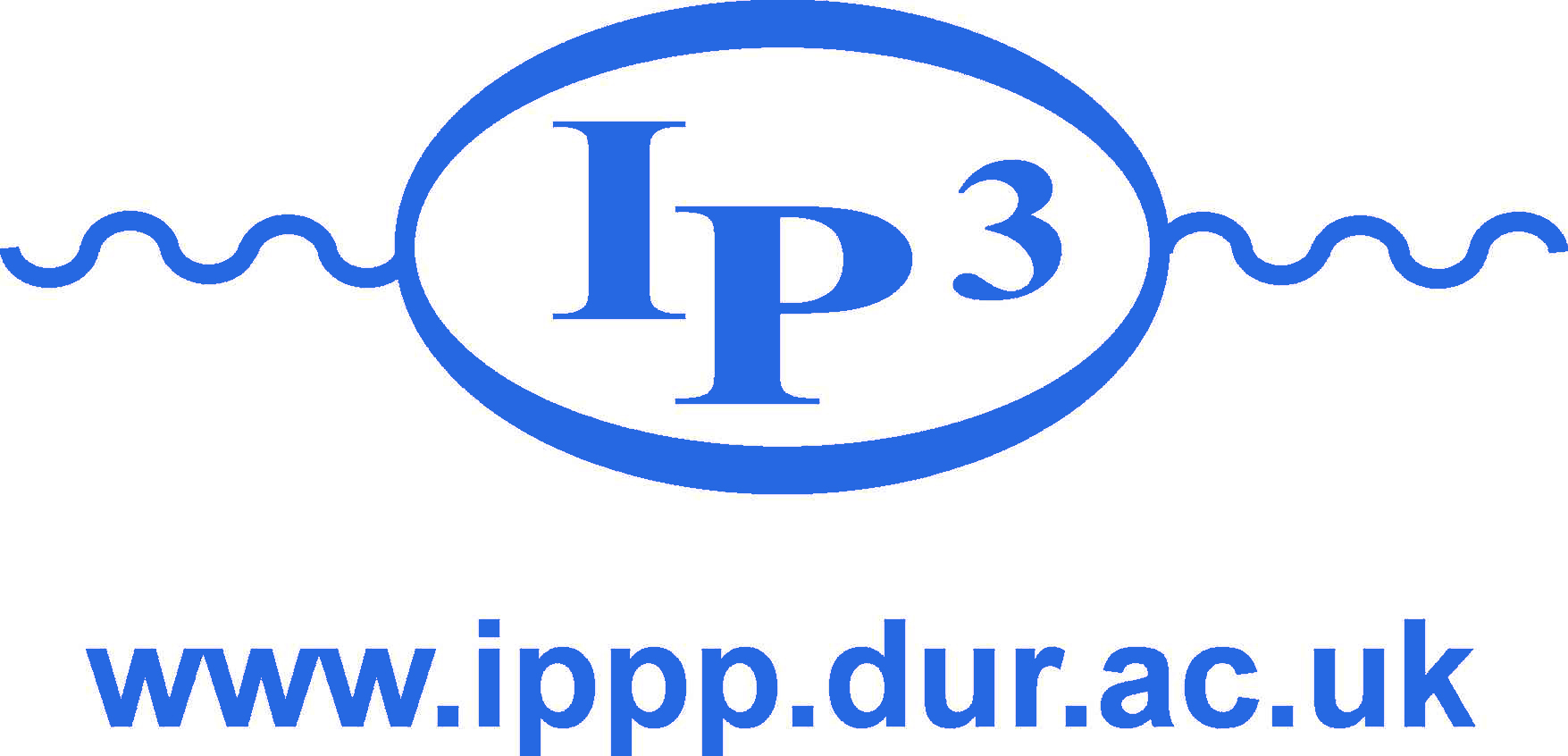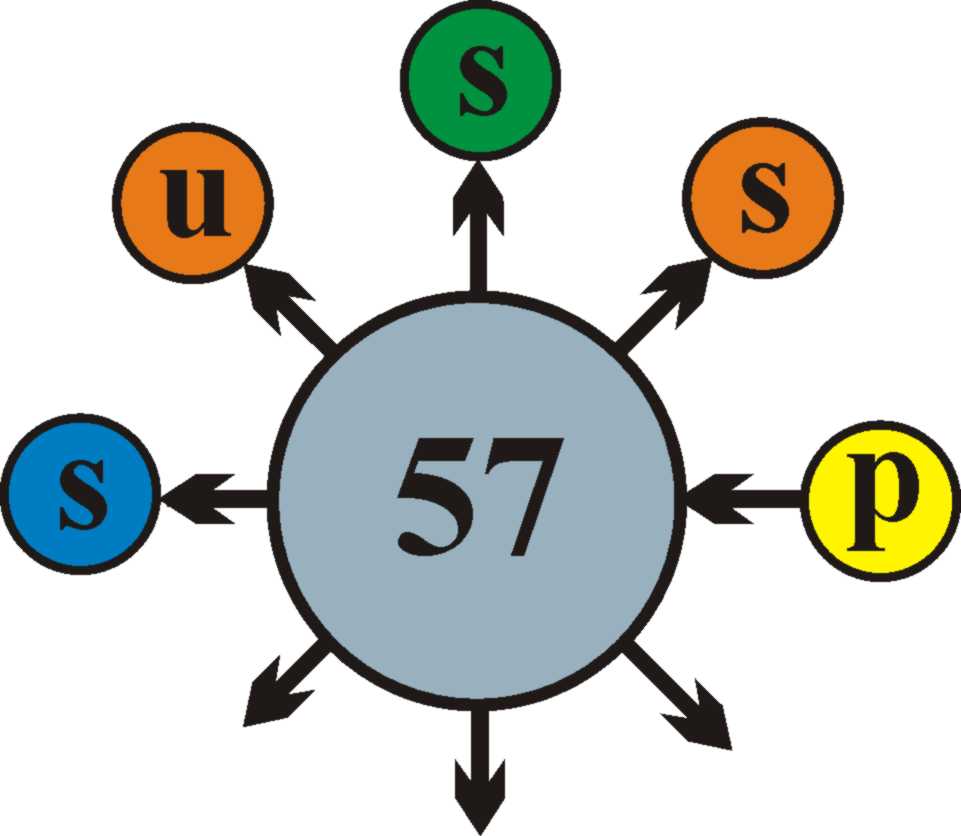
57th Scottish Universities Summer School in Physics
"LHC Phenomenology"
17- 29 August 2003
John Burnett Hall, St. Andrews, Fife KY16 9JF, Scotland

 |
57th Scottish Universities Summer School in Physics "LHC Phenomenology" 17- 29 August 2003 John Burnett Hall, St. Andrews, Fife KY16 9JF, Scotland |
 |
LIST OF LECTURERS
AND LECTURE TOPICS
Click on the lecture titles for the syllabus of lectures and lecture notes
| Standard Model Foundations | Douglas Ross (Southampton) | 6 lectures |
| Standard Model Phenomenology | Keith Ellis (Fermilab) | 6 lectures |
| Beyond the Standard Model | John Ellis (CERN) | 6 lectures |
| Higgs and New Physics Searches | Andy Parker (Cambridge) | 4 lectures |
| B Physics | Val Gibson (Cambridge) | 4 lectures |
| Forward Physics at the LHC | Albert de Roeck (CERN) | 2 lectures |
| General Purpose Detectors | Tejinder Virdee (Imperial College) | 3 lectures |
| Heavy Ion Physics | Berndt Müller (Duke) | 3 lectures |
| The LHC Accelerator and its Challenges | Rüdiger Schmidt (CERN) | 2 lectures |
| LHC Grid Computing | Hans Hoffmann (CERN) | 2 lecture |
| 10 Lecturers | TOTAL Number | 38 Lectures |
SYLLABUS OF LECTURES
Standard Model Foundations (Douglas Ross)
This course will discuss the theory of the Standard Model of Strong, Weak and Electromagnetic
Interactions, each described in terms of a gauge theory. It will provide the foundation for
subsequent courses on Standard Model Phenomenology and Beyond the Standard Model
After a brief introduction outlining the importance of Quantum Field Theory
in Particle Physics, and introducing the concept of a gauge theory, the following topics
will be covered:
Standard model phenomenology (Keith Ellis)
This course will discuss the applications of the standard model to the
phenomena observed at high energy colliders.
The following topics
will be covered:
Beyond the Standard Model (John Ellis)
Related lecture notes:
J.R. Ellis, ``Beyond the standard model for hillwalkers'',
arXiv:hep-ph/9812235
J.R. Ellis, ``Supersymmetry for Alp hikers'',
arXiv:hep-ph/0203114
J.R. Ellis, ``Limits of the standard model'',
arXiv:hep-ph/0211168
J.R. Ellis, ``Particle physics and cosmology'',
arXiv:astro-ph/0305038
Higgs and New Physics Searches (Andy Parker)
The course will cover some of the major areas where new physics has
been predicted, and where discoveries are possible in the near future,
either at the Tevatron or the LHC. The emphasis will be on the
experimental aspects, although a brief reminder of the theory will be
used in each section.
B Physics (Val Gibson)
The slides for the lectures are available
here (powerpoint format)
Forward Physics at the LHC (Albert de Roeck)
The LHC experiments cover well the particle production in the central
region of the pp collision, but the forward region, i.e. the region
of large pseudo-rapidity is generally less well covered.
In these two lectures we will discuss the physics opportunities at
LHC using information from the forward region.
One dedicated experiment, TOTEM, is planned to measure the total
and diffractive cross sections. Both general purpose detectors CMS and
ATLAS are presently considering detector upgrades to cover the forward region.
The following topics will be covered in the lectures
General Purpose Detectors (Tejinder Virdee)
Course outline:
Heavy Ion Physics at the LHC (Berndt Mueller)
The LHC heavy ion programme will make it possible to far extend the
range of energy density available for the study of the properties
of ultradense QCD matter. In my three lectures I will give a general
introduction to the scientific questions that are pursued in collisions
of relativistic heavy ions, and I will discuss how the much higher
energies provided by the LHC can extend and further clarify the
answers presently obtained at RHIC. The LHC will have one dedicated
experiment, ALICE, which will have the capability of fully characterizing
the complex final state of a Pb+Pb collision, but ATLAS and CMS will also
provide precise measurements of hard probes of dense matter, such as jets.
The following topics will be covered in the lectures
The LHC Accelerator and its Challenges (Rüdiger Schmidt)
For the LHC to provide particle physics with proton-proton collisions at the centre
of mass energy of 14 TeV with a luminosity of 10^34 cm-2s-1, the machine will
operate with high-field dipole magnets using NbTi superconductors cooled to below
the lambda point of helium. In order to reach design performance, the LHC
requires both, the use of existing technologies pushed to the limits as well as the
application of novel technologies. The construction follows a decade of intensive
R&D and technical validation of major collider sub-systems.
The first lecture will focus on the required LHC performance, and on the implications
on the technologies. In the following lecture examples the superconducting
magnets to deflect and focus the beams together with the powering system supplying
about 7000 magnets connected in 1700 electrical circuits with a total current of
more than 2 MA and the systems to ensure safe operation of the machine in the
presence of an unprecedented quantity of energy stored in both magnets and beams.
The following topics will be covered in the lectures:
LHC Computing Grid-LCG: Fundamental Science, Technology and International Cooperation
(Hans F. Hoffmann)
LHC experiments are global collaborations and the interest in LHC
physics is global. The HEP community has learned to realise
international projects and tries to extend those skills to information
and communication technologies.
LHC experiments face unprecedented event rates and event complexity. To
acquire and select those data reliably state of the art electronics,
data acquisition and trigger as well as data curation efforts are
required.
Software and computing for the LHC experiments had somewhat lower
priority for some time with respect to hardware R&D, conception and
construction. The main reason were the immature or expensive
technologies. End of 1999 a comprehensive review of the LHC experiments
computing and software needs was launched and finished a year later. In
the process consensus amongst experiments was elaborated towards a
common, world-wide computing infrastructure and to a number of common
software projects. The cost of the whole distributed system was
evaluated to above 100M Pounds, with 2/3rds of the capacity being away
from CERN.
It was suggested to base this whole infrastructure on the emerging Grid
concept and a number of grid projects were launched in the community.
Here the successful EU DataGrid as well as Globus and Condor will be
described to some detail.
In September 2001 the LHC Computing Grid project was approved by CERN
Council and, later, in October 2001 by the LHC Resources Review Board to
be organised in two phases: Phase I to perform the R&D necessary to make
a reliable and proven Technical Design Report of the whole system, to
develop the common software packages for the experiments and to provide
for the test beds required by the experiments. Furthermore Grid
Middleware will be re-engineered in the project with the basic packages
coming from Grid projects funded outside of the project. Phase II for
deploying the working system worldwide.
The lecture will be terminated describing the interest beyond particle
physics of these developments and tests for the e-science and
cyber-infrastructure efforts in all highly developed countries.
The slides for the lectures are available
here (powerpoint format)
The data grid movie is available
here